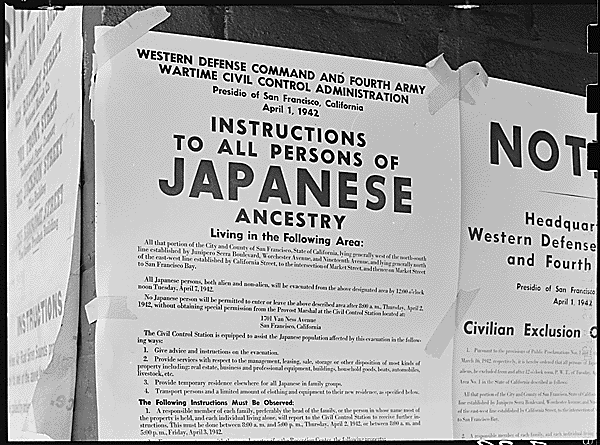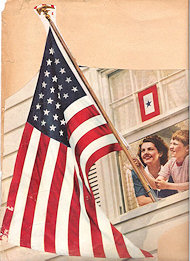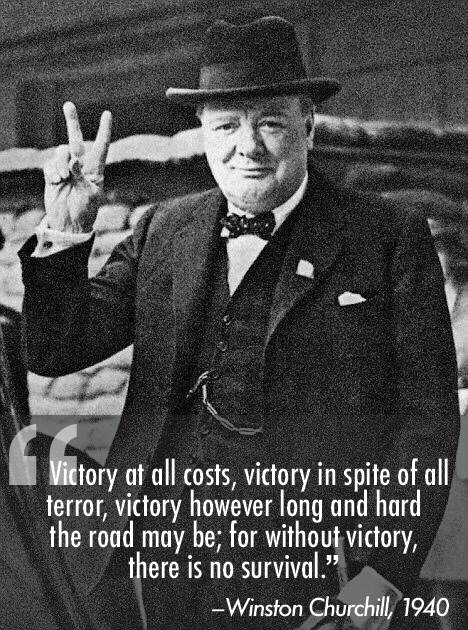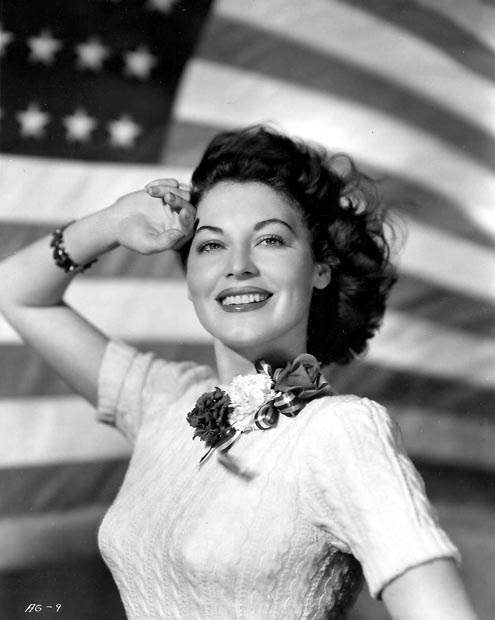
February 19, 2017
Today marks the 75th anniversary of the signing of Executive Order 9066, which by order of President Franklin Delano Roosevelt, paved the way for the incarceration of United States citizens of Japanese descent. I have talked about the impact of this EO before, both in a personal sense and in a policy sense. But it never should be overlooked that there was a real, human cost to EO 9066 – which is why the Japanese American community still marks this day in solemn remembrance.

And on a personal note, there are fewer conversations more awkward and heartbreaking than having to look your child in the eye and tell them, yes, if EO 9066 had been put into effect in her lifetime, she too would have been sent to an internment camp.
But, given the anniversary of the day, and the current debate over the use of executive orders, it is well past time to curtail the power of the president to issue executive orders.
I have been staring extensively at Article II of the Constitution, and the words “executive order” never appears there. The concept of the executive order was granted by judicial interpretation out of Section 3, Clause 5.
Section 3.
He shall from time to time give to the Congress information of the state of the union, and recommend to their consideration such measures as he shall judge necessary and expedient; he may, on extraordinary occasions, convene both Houses, or either of them, and in case of disagreement between them, with respect to the time of adjournment, he may adjourn them to such time as he shall think proper; he shall receive ambassadors and other public ministers; he shall take care that the laws be faithfully executed (emphasis mine), and shall commission all the officers of the United States.
George Washington issued a grand total of 8 executive orders. FDR is the record holder with 3,721 (being elected to 4 terms and being president during wartime undoubtedly drove that number up), with second place falling to Woodrow Wilson (with 1,803). The most famous executive order is the Emancipation Proclamation (which notably only freed slaves within the Confederacy, not within the Union, and then was then made permanent by the Thirteenth Amendment, which abolished slavery). The executive order, as interpreted, is the last monarchical holdover within the powers granted to the Executive branch. It is that last holdout that gives the president – a single person – a power equal to the two other branches of government. When a president has a friendly judiciary (the internment camps were never declared unconstitutional, only that citizens who were “proven loyal” could not be detained indefinitely) and a compliant or distracted Congress, EOs are simply the president’s way of getting their own way by shortcut. This why why EO 9066 and its follow-up, EO 9102 (which established the War Relocation Authority and the internment camps) were not challenged as any such order would be today.
President Obama famously said in January 2014 that he had “a pen and a phone” and he would use his executive power to do what he saw fit.
“We’re not just going to be waiting for legislation in order to make sure that we’re providing Americans the kind of help they need. I’ve got a pen and I’ve got a phone,” Obama said Tuesday as he convened his first Cabinet meeting of the year.
Obama continued: ”And I can use that pen to sign executive orders and take executive actions and administrative actions that move the ball forward in helping to make sure our kids are getting the best education possible, making sure that our businesses are getting the kind of support and help they need to grow and advance, to make sure that people are getting the skills that they need to get those jobs that our businesses are creating.”
Of course, that was never what executive orders were supposed to be used for. And it doesn’t matter which party that president belongs to – everyone should be concerned when executive orders are used as an end-run around actual legislation. The mainstream press, if they were even paying attention, barely made a peep about President Obama’s executive orders. Republicans, of course, protested loudly. Now, of course, the shoe is on the other foot, with the media screaming about executive orders by President Trump, the judiciary ruling against them, and the GOP (mostly) backing the president. I’m pretty certain the Founding Fathers are spinning in their graves at how the Executive Branch has grown into the one thing that they explicitly did not want, but the interpretation was left open to give them – an elected monarch with the power to bypass the other two branches of government.
It’s time to limit that power. Neither left nor right enjoys it when they are the target of that unchecked authority. On this day, when we stop to remember the real, human consequences of executive power, we should also return to a stricter interpretation of Article II. The president is not an elected ruler, and should not have the aided and abetted authority to do whatever he or she pleases so long as the courts are friendly and Congress is deadlocked or indifferent. No one should have that power. The imperial presidency needs to end, and though it would take an amendment to the Constitution to place a real limit on the ability of the president to issue executive orders, both right and left should be able to agree that no one person can be trusted with that kind of control – not even the president you mostly agree with. Because eventually, the shoe returns to the other foot.
American citizens Article II authority barack obama congress Constitution Donald Trump ex parte Endo Executive Branch executive order Executive Order 9066 Executive Order 9102 executive power FDR founding fathers history imperial presidency internment camps interpretation Japanese American internment judiciary media monarch pen and phone power President Roosevelt
I agree too much legislative power has been surrendered to the executive branch. Imperial presidents are a threat to the Republic. Yet, I understand why FDR issued the order. The Japanese population were loyal to the Emperor with a fanaticism only surpassed by Germans loyal to Hitler. FDR determined, rightly or wrongly, that ethnic Japanese were a greater threat than ethnic Germans or Italians; that decision was racist but understandable based on the long term presence of ethnic Europeans, versus the relatively new presence of Japanese on the western coast.
If you want to disparage excess use of EOs, begin with Wilson; the most dangerous and unlawful president until the messiah obama came along.
[…] race. The history of the Japanese American internment is long and complex, and I have written about it before in different contexts. And when those young men of the 442nd died in combat, there were […]

Tip Us!
Become a Victory Girl!


Follow Us On Twitter!


Recent Comments

VG Vids!
Rovin’ Redhead

2 Comments